The Everest Base Camp Trek is undoubtedly a fascinating trek that offers you a wide range of experiences. From cultural immersion to in-hand natural experiences, the EBC Trek puts you in a place where you can enjoy all these attractions. But considering safety, how can we safely reach here without much physical and mental hassles?
The answer to that is preparing well and packing the necessities wisely. EBC lies at 5,364 meters above sea level and there are lots of physical, mental, and navigational challenges. But packing a set of pro-trekking essentials will help you reach there easily. To assist you in this preparation, we have compiled the following packing list for the Everest Base Camp Trek. Explore them in detail:

Essential Packing List for Everest Base Camp Trek:
Clothing for Various Weather Conditions:
Temperature around the Everest region is relatively lower than regions in India and Kathmandu. So packing appropriate clothes to retain your body heat is very important. While you book your trek to Everest Base Camp, this thing should always be on the top of your mind.
Make sure that you have carried comfortable layers, which provide warmth and safety at high altitudes. Always go either for wool or synthetic materials like polyester as they are considered best for lower temperatures.
So what sort of clothes do we need for the Everest Base Camp Trek? Let’s see them in detail:
Hiking Pants:
Your trekking pants should be warm, flexible, durable, and breathable so that it does not cause you rashes while you walk uphill. Since you must walk 6 to 7 hours each day, your clothing must be very comfortable.
Down Jacket or Fleece
You should protect yourself from the freezing temperatures of the Everest Region with insulated and waterproof jackets. The temperature at lower altitudes like Lukla is relatively moderate but while you ascend through Namche, Tengboche, and Gorakshep, it gradually decreases, causing your barriers in safe and enjoyable hike. So keeping yourself warm with a jacket or fleece is very important.
Footwear and Hiking Socks:
6 to 7 hours of hiking each day is a long journey. And its for sure that your legs will be tired and most importantly, if you don’t wear warm and thick hiking socks, you will suffer from coldness and blisters. Also, due to the uneven terrain, the navigation becomes more challenging, for which we need hiking boots and socks.
Your hiking boots should have a strong grip and should be comfortable so that they will not cause you any blisters during the trek. We also recommend you pack hiking socks, which should be warm, breathable, and comfy.
Besides, you must carry a pair of slippers/floaters for comfort during rest periods at tea houses and camps.
Warm Hat and Gloves:
Pack a warm hat and gloves to protect yourself from the cold temperatures, which can drop drastically, especially at night.

Technical Gear and Equipments
Backpack and Trekking Poles:
Besides clothing, trekkers also must be very considerate in packing trekking bag with other essentials such as trekking gear and equipment. A daypack or a duffle bag is mandatory to carry the daily essentials such as water, snacks, a camera, and others. Similarly, you can store your gadgets, extra clothes and other gear without any hassle.
Remember, the weather conditions around Everest Base Camp are unpredictable, so it is advised to carry a rain cover for yourself and a backpack to avoid rainwater and moisture.
Trekking Poles:
There are lots of physical challenges you go through during the Everest Base Camp Trek. So to provide you with assistance, trekking poles play a vital role. While you must hike through steep and uphill trails, trekking poles provide stability and balance which will surely help in unseen accidents and injury.
Essential Camping Gear:
If you rather choose to camp instead of staying at tea houses, packing the following things must be on your priority list.
Sleeping Bag: Your sleeping bag should withstand temperature for at least -5 to -10 Degrees Celsius to stay warm.
Emergency, Safety Equipment, and Others:
First Aid Kit, Map, and Documents:
Every trekker must carry a set of first aid kit, which includes band aids, painkillers, antiseptics, antibiotics, insect repellents, and personal medication. You also must have a basic knowledge of the first aid method, which can be used in case of any unpredictable circumstances.
Besides, trekking maps and guidebooks are also very crucial. While the remote trek to EBC can lead you to unknown trails, there’s a chance of getting lost on the way. But keeping maps and guidebooks with you will help you stay on the right track during this trek.
Sunscreen (SPF 30 or higher) and Toiletries
During the day, the sun is sharp and harsh, which can sunburn you and bring several issues. However, protecting yourself from the harsh sun and UV rays with sunscreen can be a solution for this.
Besides, we also recommend you pack other essentials such as toiletries, such as toothbrushes, toothpaste, and hand sanitizers to maintain personal cleanliness during the journey.
Water Bottles or Hydration Bladder:
The route to Everest Base Camp features a wide range of water resources, either from taps, rivers, and traditional wells (kuwa). However, it is very important to carry water with you as it is highly important to stay hydrated and healthy.
Also, you must use water purification tablets or filters to purify the water for safe consumption. There are lots of tea houses where you can buy bottled water but if you have not purchased them, you can always opt for purifying water with tablets and filters.
Cash in Nepalese Rupees for Expenses:
Remember to carry local currency (Nepalese Rupees) for purchases along the trek. There are not much bigger markets around the trail but you can find local vendors selling several products during the journey. In other cases, you might need cash to purchase food or go for extra recreational activities around Namche Bazaar. You must exchange money in Kathmandu since there are no exchange centers and ATMs to withdraw cash around the Everest Region.
Passport and Necessary Permits and Documents:
If you want to avoid any legal barriers during the EBC Trek, we recommend you carry necessary documents like permits and passport with you. At Monjo checkpoint, the Army personnel will go through the legal procedures to make sure that your trek is legit, so your passport and trekking permits will help you on this.

Additional Tips
How To Buy/Rent Gears In Nepal?
If you are on a budget trip and do not want to spend on trekking gear, it is an ideal choice to rent gear in Nepal. This can be done via trekking stores located in Thamel, Kathmandu. These stores provide you with high-quality hiking gear at a reasonable price.
It is advised to consider buying or renting these gears depending on your trekking frequency and budget. But renting it will cut your expenses by half.
Frequently Asked Questions
Can I Buy/Rent Hiking Gear On Route to EBC?
Lukla and Namche Bazaar have shopping options for trekking gear. However, it is advisable to purchase necessary gear in Kathmandu.
Should I Hire Guides And Porter?
Yes. The Nepal government has banned solo trekking from April 1, 2023, due to safety issues, so you must hire guides and porters. This will not only offer you company but also enhance your safety and local knowledge.
Do I Need To Pack According To Season?
Yes, of course. You must pack your essential gear and items according to the ongoing seasons. Weather conditions in different seasons vary from one to another, so prepare accordingly with weather-friendly gear.
What kind of footwear is recommended?
It is recommended to have a good pair of hiking boots that are waterproof and provide ankle support. Also, you must bring a pair of comfortable trekking sandals or shoes for wearing around the tea houses in the evenings.
Do I need any specific equipment for the high altitude?
Yes, for high altitude, it is recommended to carry an altimeter to know at which altitude you are on. Besides, you can carry medications such as Diamox (Acetazolamide) for altitude sickness prevention.
How should I prepare for the extreme cold weather?
You must bring multiple layers of clothing including thermal wear, fleece, and down jackets. A good quality sleeping bag rated for sub-zero temperatures and a warm beanie, gloves, and scarf are essential. It’s also recommended to have a windproof and waterproof outer layer.

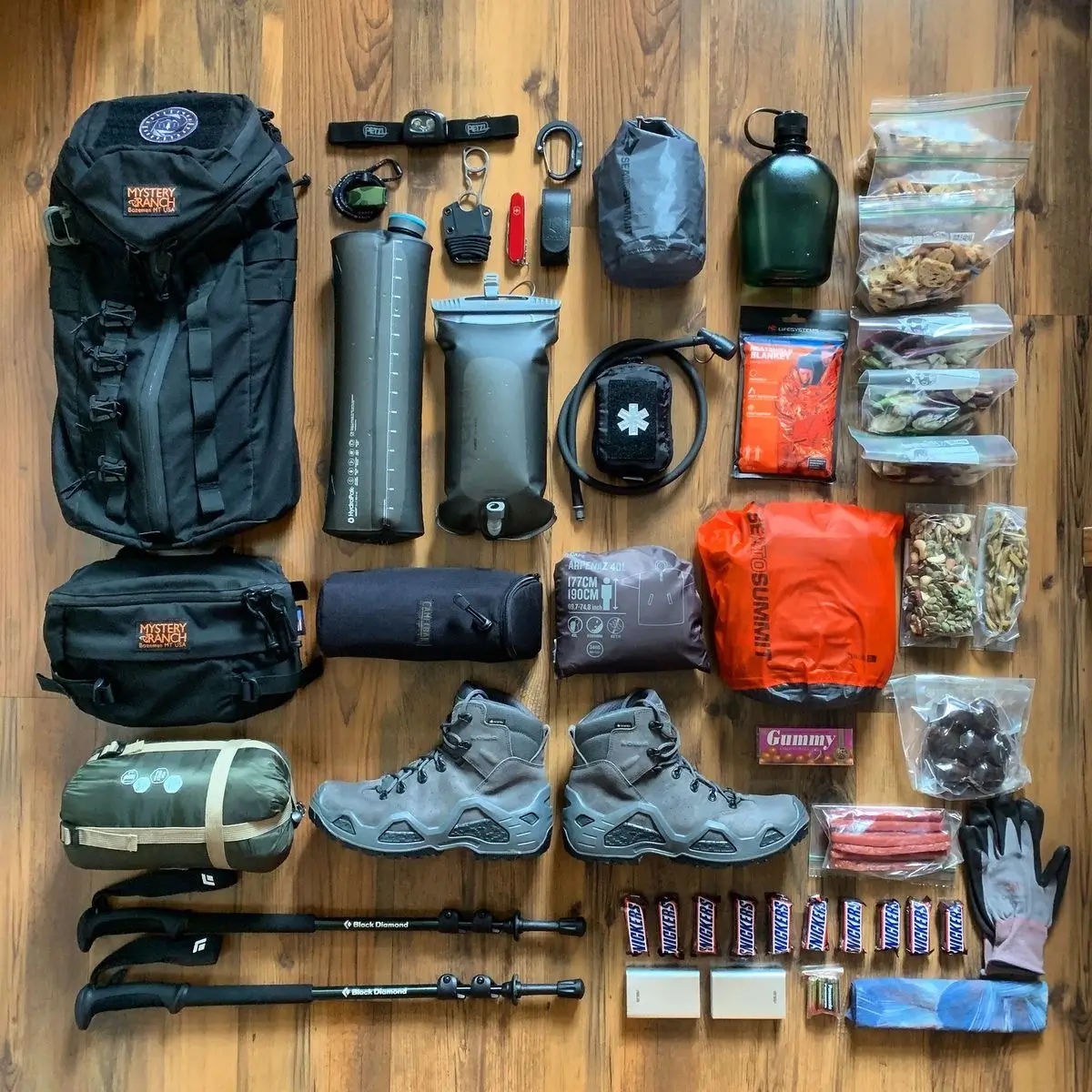

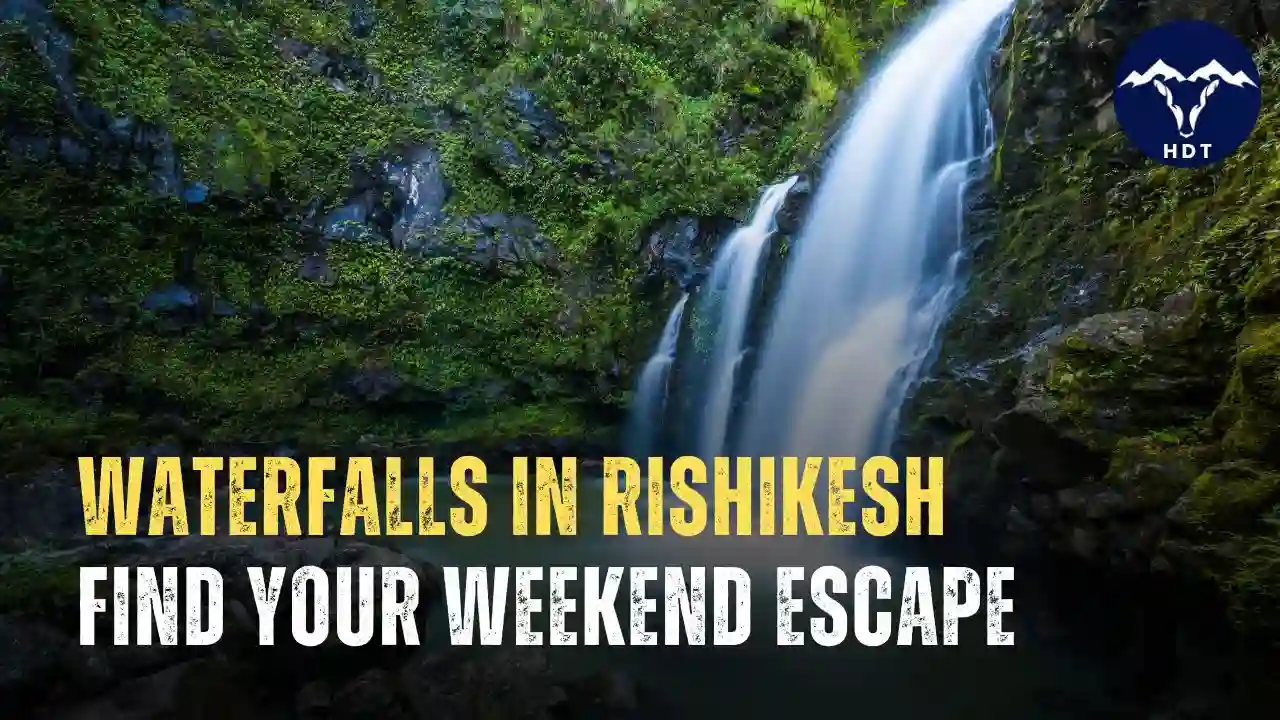


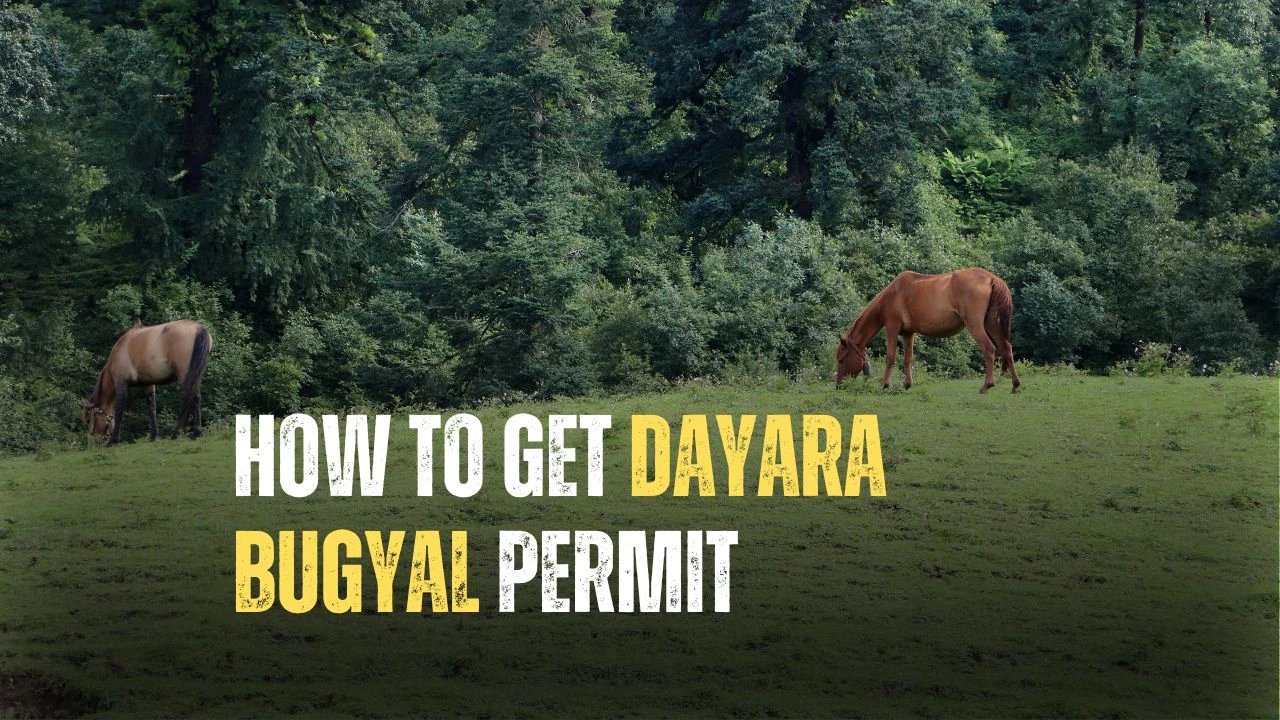



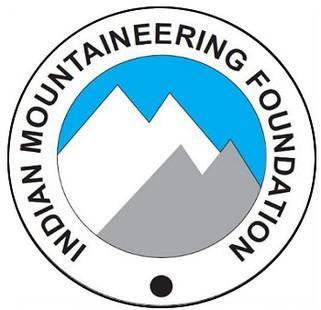
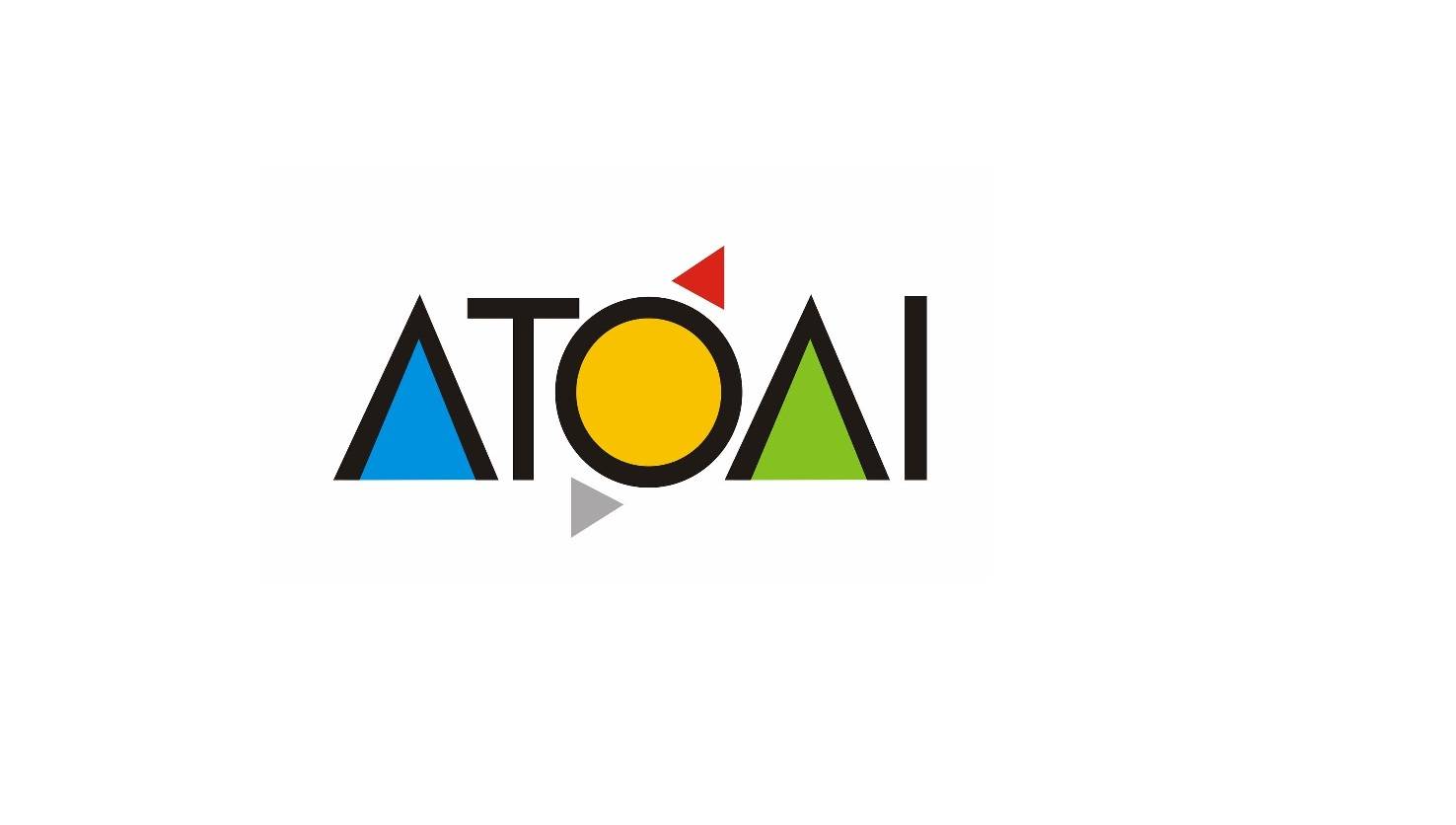






Leave a Comment